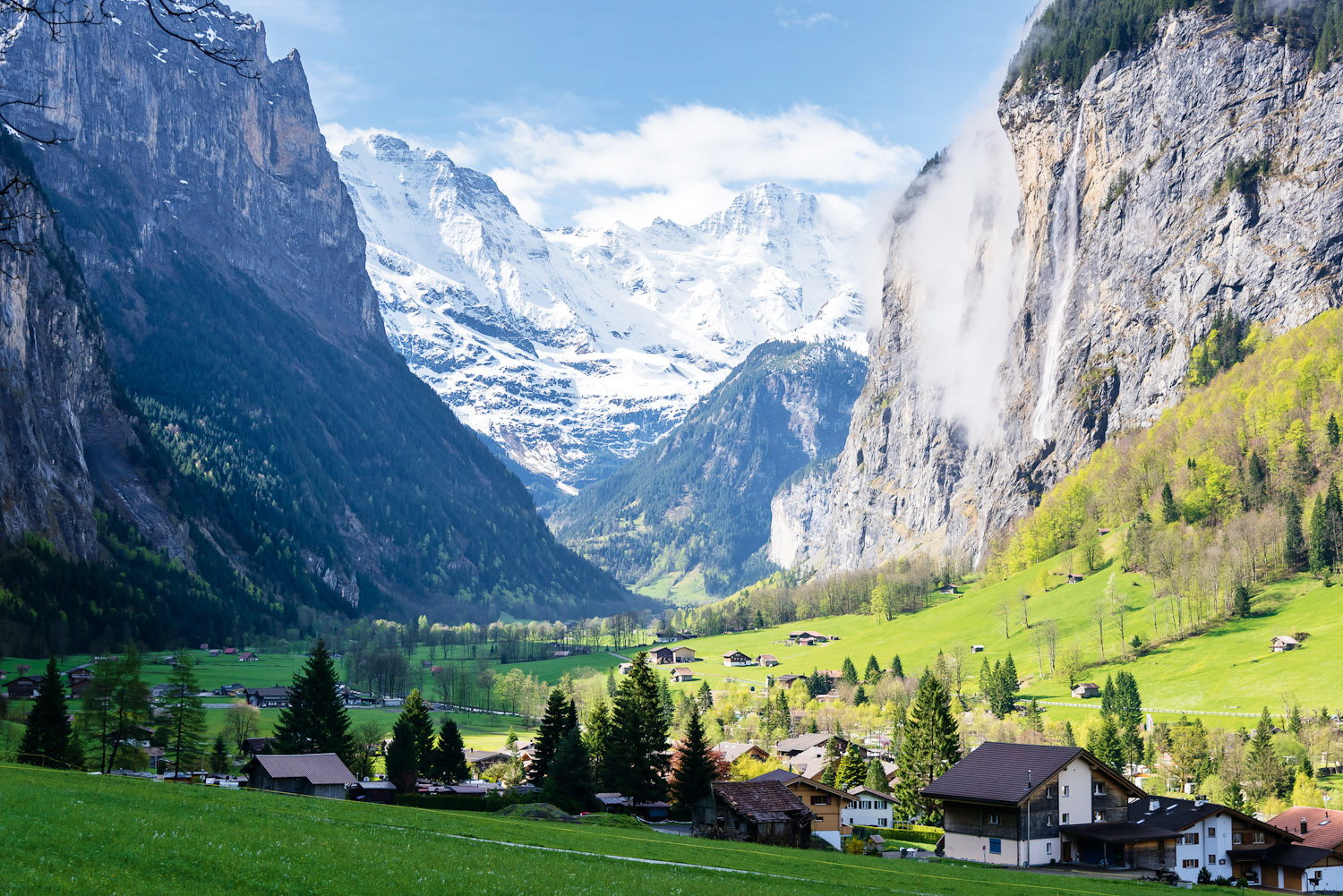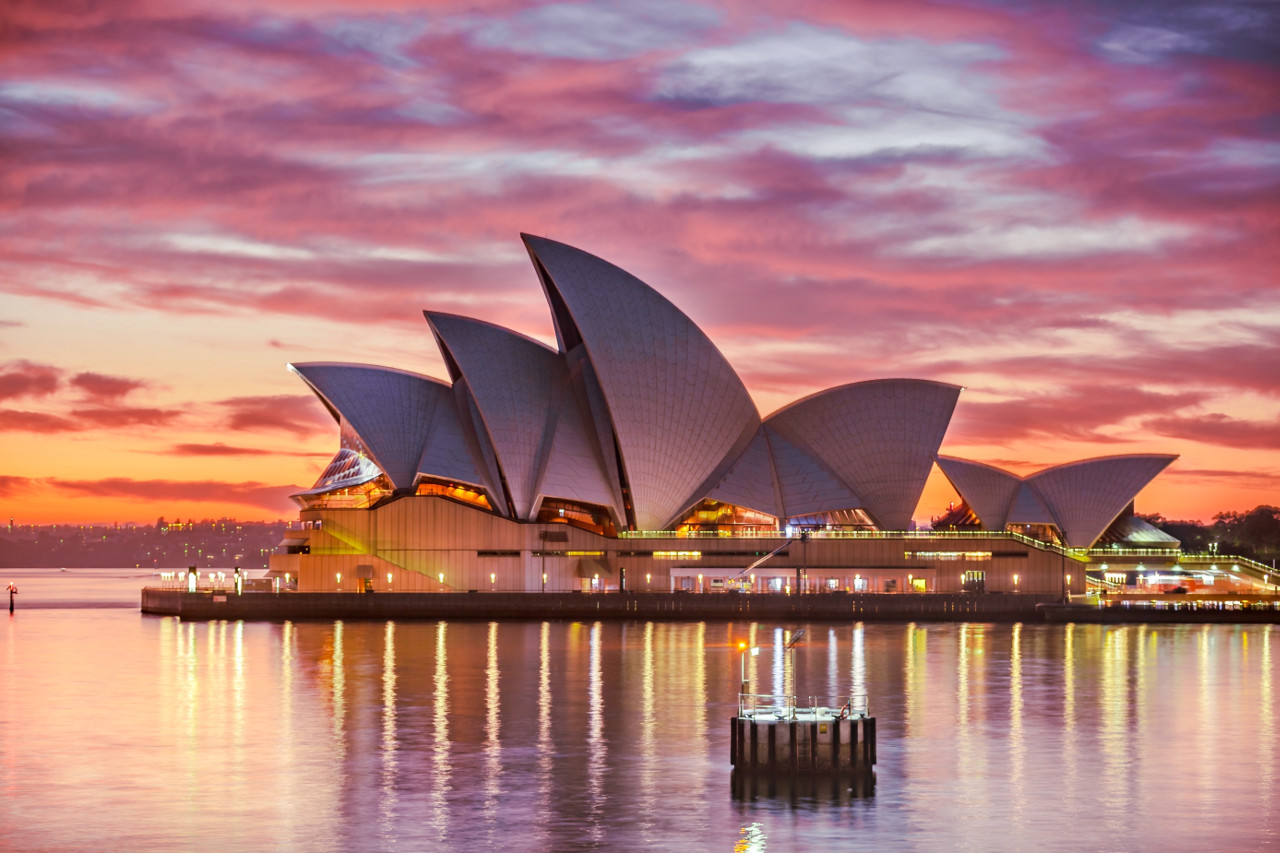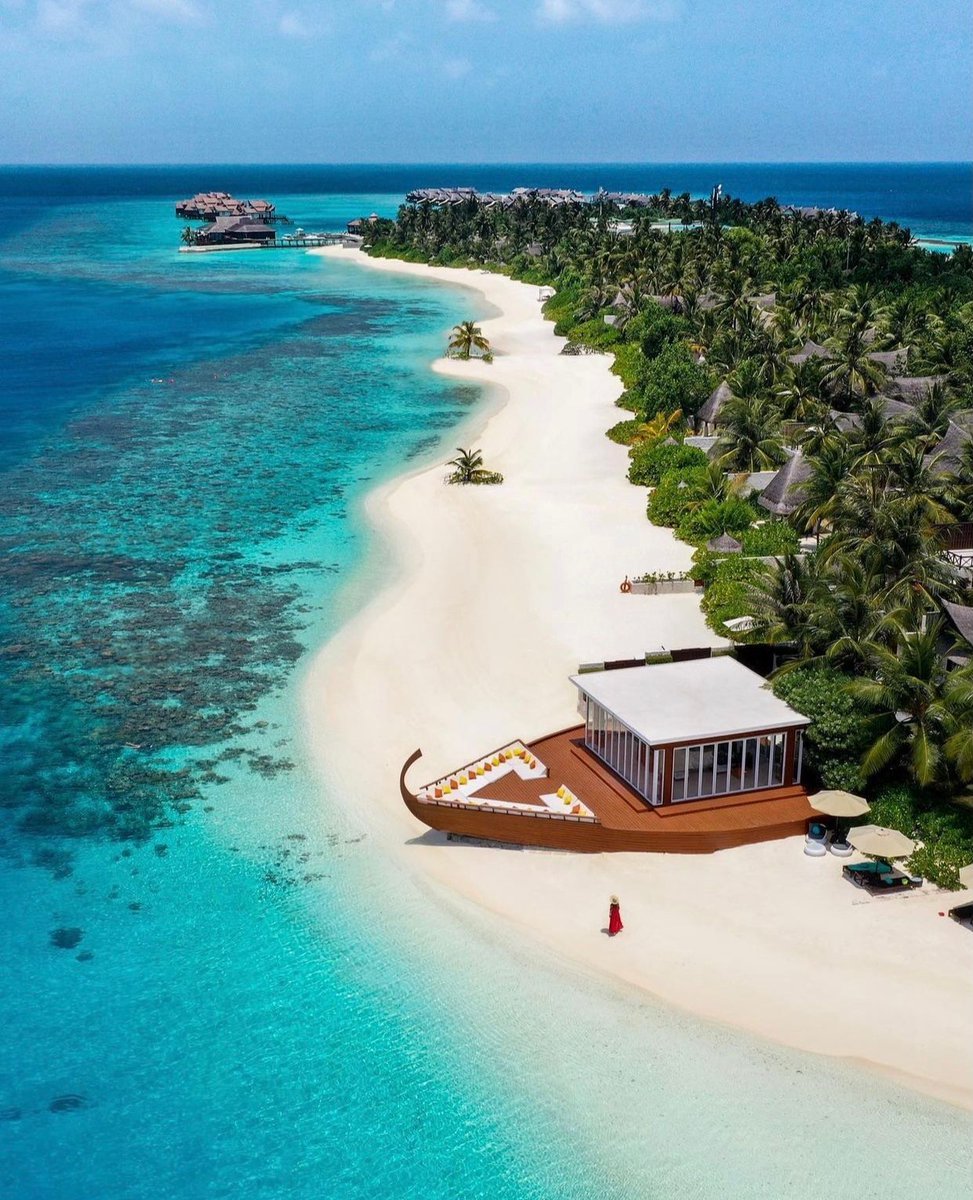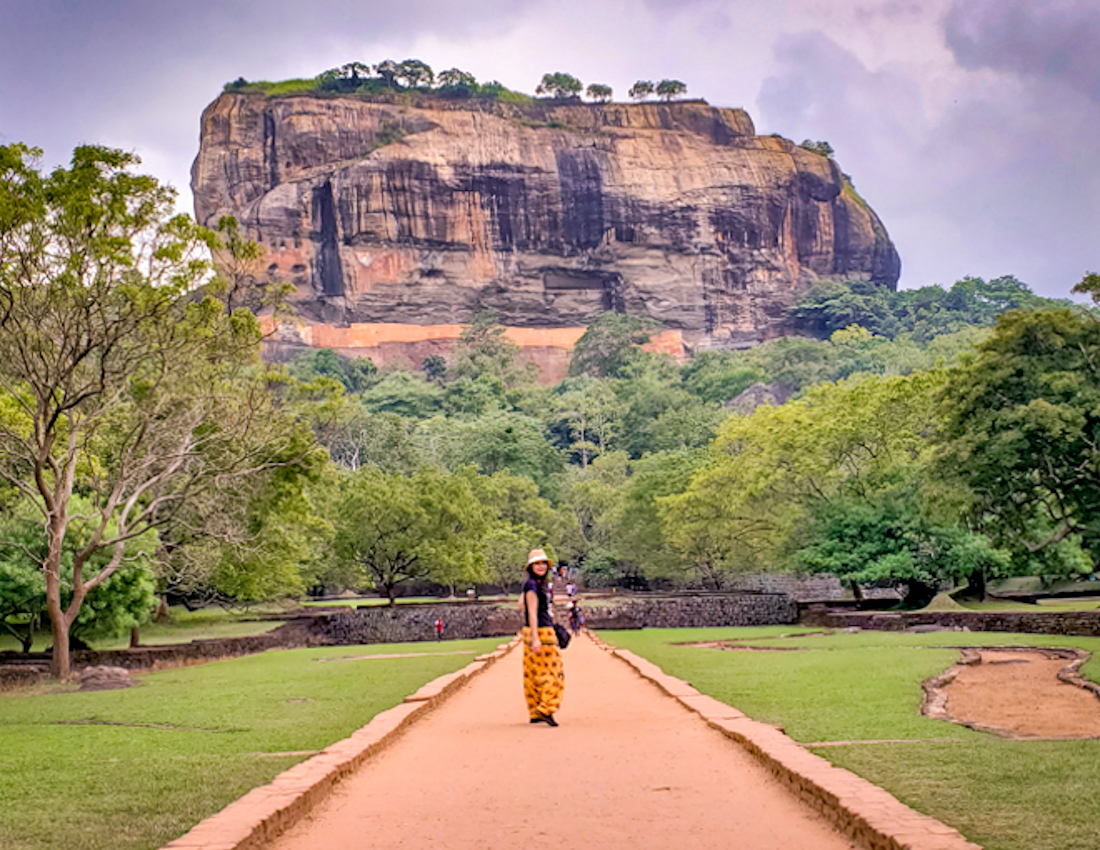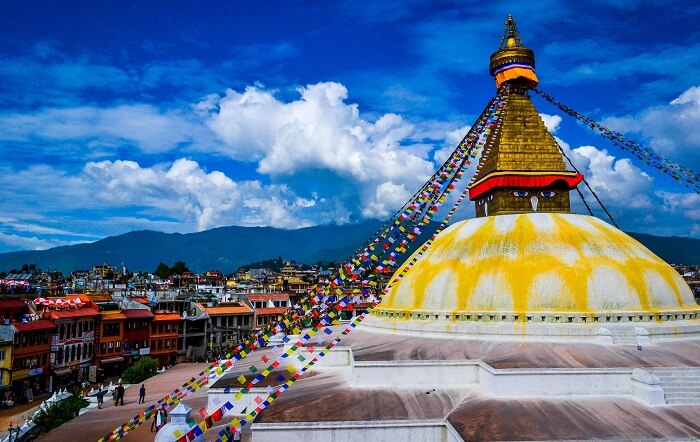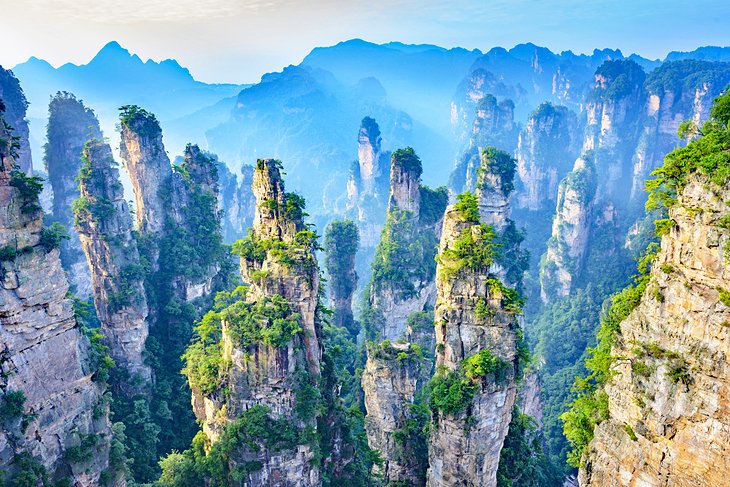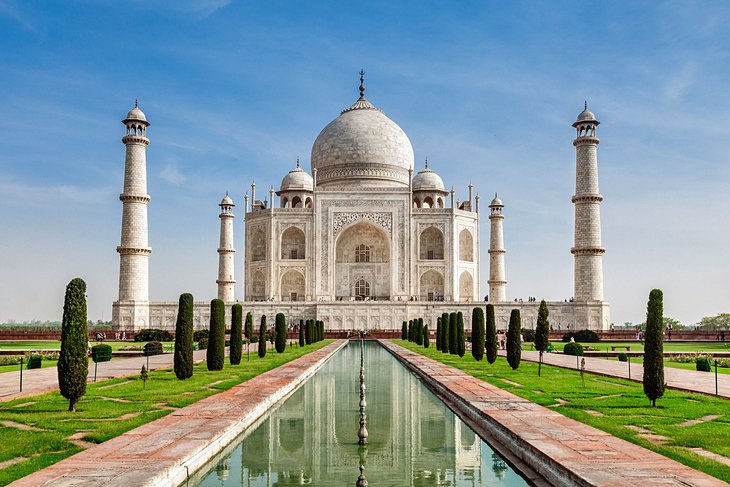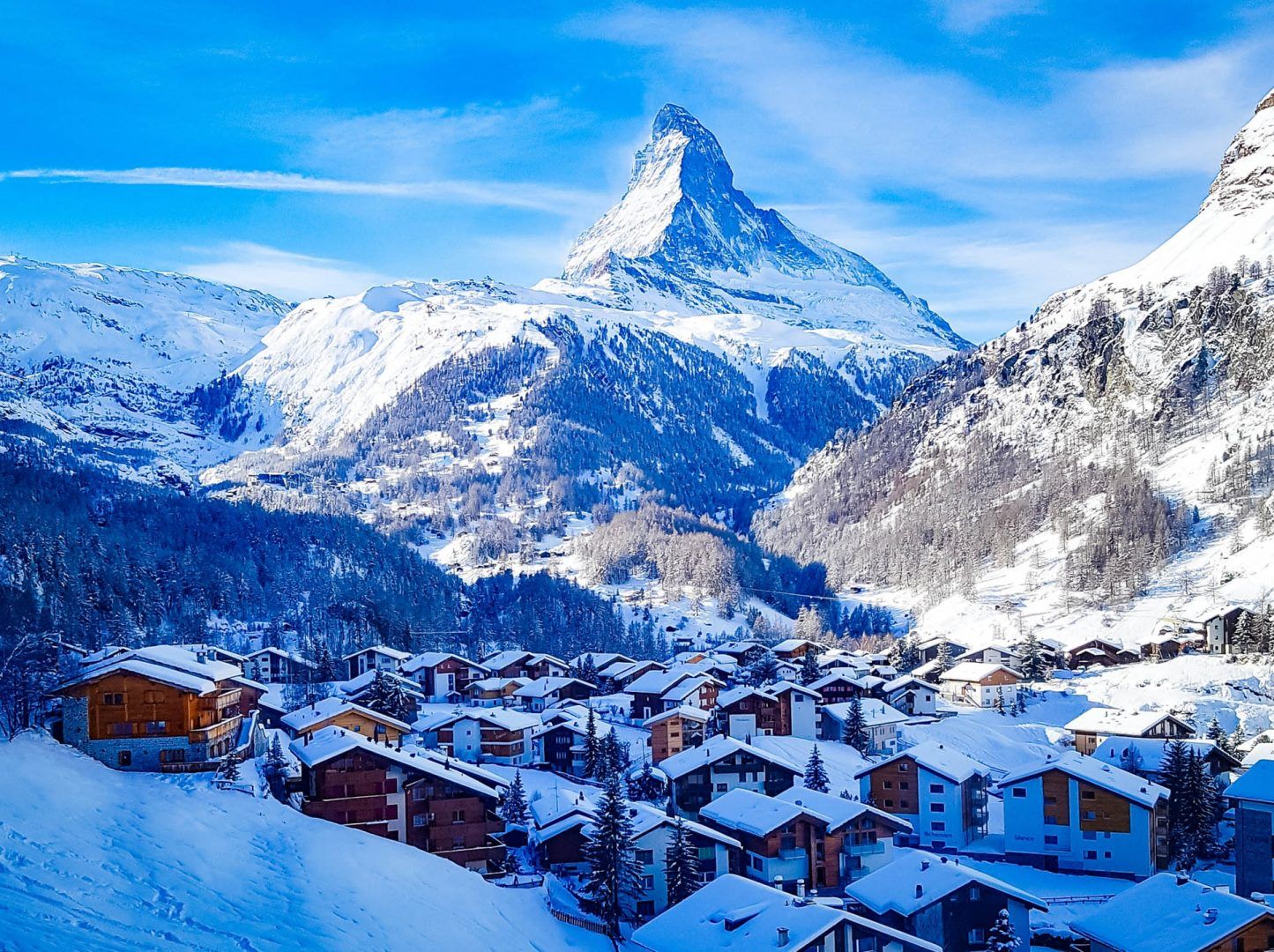
The Swiss Alps, a majestic realm of towering peaks, pristine glaciers, emerald valleys, and charming villages, beckon travelers with an irresistible allure. More than just a postcard-perfect landscape, this region offers an unparalleled blend of adventure, tranquility, cultural richness, and engineering marvels. From the iconic Matterhorn to the "Top of Europe" at Jungfraujoch, a journey through the Swiss Alps is a sensory feast that etches itself into the memory. This comprehensive guide will equip you with everything you need to plan an unforgettable visit, delving into its fascinating history, must-see attractions, practical travel tips, and much more.
A Storied Past: The History of Human Interaction with the Swiss Alps
The history of the Swiss Alps is a testament to humanity’s enduring fascination and resilience in the face of nature’s grandeur. For millennia, these mountains were formidable barriers, yet also crucial arteries for trade and migration.
Related Articles about Conquering the Peaks: Your Ultimate Guide to Visiting the Swiss Alps:
- Majestic Majesty: Unveiling the Secrets of Mount Fuji
- Hungary: A Tapestry of History, Culture, and Unforgettable Experiences
- Rome: An Eternal Symphony of History, Culture, and Culinary Delights
- Naples: A Symphony of Chaos and Charm – Your Essential Travel Guide
- Egypt: A Timeless Tapestry of Wonders – Unveiling the Best Tourist Attractions
Ancient and Medieval Eras: Early settlements dotted the valleys, with Celtic tribes and later the Romans utilizing strategic mountain passes like the Great St. Bernard and Splügen for military and trade routes. During the medieval period, monasteries provided refuge and facilitated cross-Alpine travel, while local communities carved out livelihoods through farming and herding. The formidable Gotthard Pass, first made truly traversable with the construction of the "Devil’s Bridge" in the 13th century, became a vital link between northern and southern Europe, shaping Swiss identity and its strategic importance.
The Dawn of Tourism and Alpinism (18th-19th Century): While initially viewed with awe and fear, the Age of Enlightenment and Romanticism saw a shift in perception. Scholars, artists, and poets, drawn by the sublime beauty and scientific curiosity, began to explore the Alps. Horace-Bénédict de Saussure’s successful ascent of Mont Blanc in 1787 is often cited as the birth of modern alpinism. The mid-19th century ushered in the "Golden Age of Alpinism," largely driven by British mountaineers who, with the help of local guides, conquered many of the major peaks, including the first ascent of the Matterhorn in 1865. This era spurred the development of infrastructure: simple inns transformed into grand hotels, and mountain guides became revered professionals.
The Railway Revolution and Mass Tourism (Late 19th-20th Century): The late 19th and early 20th centuries witnessed an engineering marvel – the construction of mountain railways. Projects like the Gornergrat Bahn (1898) and the Jungfrau Railway (completed 1912), which tunnels through the Eiger and Mönch to reach Europe’s highest railway station, democratized access to the high Alps. These railways, along with new cable cars, transformed the region into a premier destination for winter sports, health resorts (sanatoriums), and summer hiking. Post-World War II, mass tourism boomed, leading to further development and a focus on sustainable practices to preserve the delicate Alpine environment. Today, the Swiss Alps continue to evolve, blending tradition with modernity, offering both thrilling adventures and serene escapes while striving to maintain their ecological and cultural integrity.
Main Attractions: Peaks, Villages, and Panoramic Views
The Swiss Alps are a treasure trove of iconic sights, each offering a unique perspective on this magnificent landscape.
Iconic Peaks and Mountain Experiences:
- The Matterhorn (Zermatt): Undoubtedly Switzerland’s most recognizable peak, its pyramidal silhouette dominates the skyline above the charming, car-free village of Zermatt. For non-climbers, the Gornergrat Railway offers breathtaking panoramic views of the Matterhorn and 28 other 4,000-meter peaks. Alternatively, the Matterhorn Glacier Paradise cable car takes you to Europe’s highest cable car station (3,883m), offering year-round snow, a glacier palace, and incredible vistas stretching to Italy and France.
- Jungfraujoch – The "Top of Europe" (Jungfrau Region): Accessible via a spectacular cogwheel train journey from Interlaken, Grindelwald, or Lauterbrunnen, the Jungfraujoch boasts Europe’s highest railway station at 3,454 meters. Here, you’ll find the Sphinx Observatory with its 360-degree viewing platform, the mystical Ice Palace, and the opportunity to walk on a glacier. The journey itself, tunneling through the Eiger and Mönch, is an engineering marvel.
- Eiger (Grindelwald): Famous for its formidable North Face, the Eiger is a legend in mountaineering history. While the North Face remains a challenge for elite climbers, visitors can experience the mountain’s grandeur from the Eiger Trail (a scenic hike) or via the ultra-modern Eiger Express gondola which dramatically shortens the journey to the Eigergletscher station, connecting to the Jungfrau Railway.
- Mount Pilatus (Lucerne): Known as the "Dragon Mountain," Pilatus offers a diverse experience. You can ascend via the world’s steepest cogwheel railway from Alpnachstad (summer) or a panoramic gondola and aerial cableway from Kriens (year-round). The summit provides stunning views of Lake Lucerne and the surrounding Alps.
- Gornergrat (Zermatt): A cogwheel train ride from Zermatt brings you to this magnificent viewpoint, offering arguably the best close-up views of the Matterhorn and the surrounding glacier world, including the Gorner Glacier.
Charming Villages and Towns:
- Zermatt: A quintessential Swiss Alpine village, car-free and exuding old-world charm. Its wooden chalets, bustling main street, and constant Matterhorn backdrop make it a magical base for hiking and skiing.
- Grindelwald: Often called the "Adventure Capital" of the Alps, Grindelwald is nestled in a verdant valley with direct access to the Eiger, Mönch, and Jungfrau. It offers thrilling activities like the First Cliff Walk, ziplining, and mountain carting in summer, and extensive skiing in winter.
- Lauterbrunnen: A breathtaking U-shaped valley renowned for its 72 cascading waterfalls, including the famous Staubbach Falls and the powerful Trümmelbach Falls (Europe’s largest subterranean waterfalls). It’s a gateway to the car-free villages of Wengen and Mürren.
- Interlaken: Strategically located between Lake Thun and Lake Brienz, Interlaken is a vibrant hub for adventure sports (paragliding, canyoning) and a convenient base for exploring the Jungfrau region.
- Lucerne: A picturesque city on Lake Lucerne, serving as a gateway to Central Switzerland’s Alps. Its medieval Chapel Bridge, historic old town, and proximity to mountains like Pilatus and Rigi make it a popular choice.
- St. Moritz: A high-altitude luxury resort in the Engadin Valley, famous for its glamorous skiing, frozen lake events, and elegant ambiance.
Scenic Train Routes:
- Glacier Express: The "slowest express train in the world" connects Zermatt to St. Moritz/Davos, traversing 291 bridges and 91 tunnels, offering panoramic views of valleys, gorges, and the Oberalp Pass.
- Bernina Express: A UNESCO World Heritage route that winds from Tirano (Italy) to St. Moritz/Chur, showcasing breathtaking viaducts (like the Brusio Circular Viaduct) and stunning high-Alpine landscapes.
- GoldenPass Line: This panoramic route connects Montreux on Lake Geneva to Lucerne, offering a diverse journey through vineyards, along lakes, and over mountain passes.
Essential Travel Tips for a Seamless Alpine Adventure
Planning is key to maximizing your Swiss Alps experience.
- Invest in a Swiss Travel Pass: This is arguably the single most valuable tip. The Swiss Travel Pass offers unlimited travel on trains, buses, and boats, free entry to over 500 museums, and significant discounts (usually 50%) on most mountain railways and cable cars. Given the cost of individual tickets, it almost always pays for itself.
- Book in Advance: Especially for popular mountain excursions (e.g., Jungfraujoch, Gornergrat), scenic train routes, and accommodation during peak season, booking tickets and rooms ahead of time is highly recommended.
- Dress in Layers: Alpine weather is notoriously fickle. Sunny mornings can quickly turn into chilly, rainy, or even snowy afternoons. Layered clothing allows you to adapt to changing conditions. Include a waterproof and windproof outer shell.
- Sturdy Footwear is Crucial: Even if you’re not planning strenuous hikes, comfortable, supportive, waterproof hiking boots with good grip are essential for exploring villages, uneven trails, and mountain paths.
- Sun Protection: At high altitudes, the sun’s UV rays are significantly stronger. Always use high-SPF sunscreen, wear sunglasses, and a hat, even on cloudy days.
- Stay Hydrated: Physical activity at altitude can lead to dehydration. Carry a reusable water bottle; Swiss tap water is safe and delicious.
- Currency and Payments: The local currency is the Swiss Franc (CHF). Credit cards are widely accepted, but it’s wise to carry some cash for smaller purchases or in more remote areas.
- Language: Switzerland has four official languages: German, French, Italian, and Romansh. English is widely spoken in tourist areas, but knowing a few basic phrases in German or French (depending on the region) is appreciated.
- Respect Nature: Switzerland prides itself on its pristine environment. Stick to marked trails, dispose of your waste properly, and do not disturb wildlife.
- Travel Insurance: Given the potential for outdoor activities and the high cost of medical care, comprehensive travel insurance is highly recommended.
- Be Flexible: While planning is good, be prepared for weather-related changes. Some mountain excursions might be closed or have limited visibility on bad weather days. Have alternative activities in mind.
When to Visit: Best Time to Experience the Swiss Alps
The Swiss Alps offer distinct charms throughout the year, with the "best" time depending entirely on your interests.
- Summer (June – September): This is prime time for hiking, mountain biking, paragliding, and enjoying lush green valleys adorned with wildflowers. The weather is generally warm and sunny, days are long, and all mountain transport and trails are open. It’s also the busiest and most expensive season.
- Winter (December – March): A wonderland for skiing, snowboarding, and other winter sports. The landscapes are transformed into pristine white canvases, and charming villages come alive with festive cheer. Expect colder temperatures and shorter days. Popular resorts like Zermatt and St. Moritz are bustling.
- Spring (April – May): A "shoulder season" characterized by melting snow, gushing waterfalls, and the first vibrant blooms in the valleys. Crowds are thinner, and prices can be lower. However, many high-altitude hiking trails may still be closed due to snow, and some cable cars might be closed for maintenance. It’s an excellent time for valley walks and cultural sightseeing.
- Autumn (October – November): Another fantastic "shoulder season." The Alps burst into a riot of golden and fiery hues as larch trees turn. The air is crisp, crowds are fewer, and photography opportunities are exceptional. Similar to spring, some higher trails and mountain lifts might close towards the end of the season for maintenance before winter.
For extensive hiking and outdoor activities, summer is ideal. For skiing and festive winter charm, choose winter. For fewer crowds and stunning scenery at a potentially lower cost, consider spring or autumn.
Where to Stay: Nearby Hotels and Accommodation Options
The Swiss Alps offer a diverse range of accommodation, from ultra-luxury hotels to cozy mountain huts, catering to every budget and preference.
- Luxury: Resorts like Zermatt and St. Moritz are renowned for their opulent hotels. Think Cervo Mountain Resort or Zermatterhof in Zermatt, or Badrutt’s Palace and Kulm Hotel St. Moritz for an indulgent experience with world-class amenities, gourmet dining, and often stunning views.
- Mid-Range: Most major tourist towns and villages have a plethora of comfortable, well-appointed hotels offering excellent value. Look for options like Hotel Spinne in Grindelwald (known for its views), Romantik Hotel Schweizerhof in Grindelwald, or various hotels in Interlaken or Lucerne. Many offer traditional Swiss charm, delicious breakfast, and easy access to transport.
- Budget/Charming:
- Mountain Huts (SAC Huts): For hikers and mountaineers, staying in a Swiss Alpine Club (SAC) hut offers a rustic, communal experience high in the mountains. They provide basic dormitory accommodation, meals, and unparalleled access to trails. Booking well in advance is essential.
- Hostels: Cities like Interlaken and Lucerne, and even villages like Grindelwald, have excellent youth hostels (often part of the Swiss Youth Hostels network) that provide clean, comfortable, and affordable dorms or private rooms.
- Guesthouses/B&Bs: In smaller villages like Lauterbrunnen, Wengen, or Mürren, you’ll find charming family-run guesthouses and B&Bs that offer a more personal touch and often stunning views from your balcony.
- Chalets/Apartments: For families or longer stays, renting a self-catering chalet or apartment (e.g., via Airbnb or local agencies) can be a cost-effective and authentic option, especially in villages like Zermatt, Grindelwald, or Wengen.
When choosing, consider whether you prefer a car-free village (Zermatt, Wengen, Mürren – requiring train access) for a truly immersive Alpine feel, or a larger town like Interlaken or Lucerne for more amenities and central access. Always check proximity to train stations or cable car bases.
A Taste of the Alps: Local Food and Drink
Swiss cuisine, particularly in the Alps, is hearty, comforting, and deeply rooted in its agricultural heritage.
- Cheese: The undisputed king.
- Fondue: A communal pot of melted cheese (often Gruyère and Emmental) mixed with white wine, garlic, and kirsch, served with bread for dipping. A quintessential Alpine experience.
- Raclette: Scraped cheese, traditionally melted over an open fire or with a tabletop grill, served with small potatoes, pickles, and pickled onions.
- Alpine Cheeses: Sample regional varieties like Gruyère, Emmental, Appenzeller, Sbrinz, and the flavorful cheeses produced in mountain dairies (Alpkäse).
- Chocolate: Swiss chocolate is world-renowned for its quality and smoothness. Indulge in brands like Lindt, Sprüngli (confiserie), Cailler, and Frey. Visit a chocolate factory for a deeper dive.
- Rösti: A simple yet delicious dish of grated, pan-fried potatoes, often served as a side to various meat dishes or topped with cheese and a fried egg. A true comfort food.
- Bircher Muesli: A healthy and popular breakfast or snack, created by Dr. Bircher-Benner. It typically consists of rolled oats soaked in milk or yogurt, mixed with grated apples, nuts, and seeds.
- Swiss Wine: While not widely exported, Switzerland produces excellent wines, particularly from the Valais and Vaud regions. Local whites like Fendant (Chasselas) and reds like Pinot Noir are worth trying.
- Sausages and Cured Meats: Various regional specialties, such as Bündnerfleisch (air-dried beef from Graubünden) or different types of sausages, are popular, especially in mountain restaurants.
- Zürcher Geschnetzeltes: While "Zurich-style sliced veal" in a creamy mushroom sauce is more associated with the city, it can be found in many Alpine restaurants.
- Desserts: Don’t miss the local fruit tarts, meringues with cream, or the popular carrot cake (Aargauer Rüeblitorte).
Dining in the Alps ranges from rustic mountain huts serving simple, hearty meals to Michelin-starred restaurants in luxury resorts. Embrace the local specialties for a truly authentic culinary journey.
Navigating the Alps: Transportation Options
Switzerland boasts one of the world’s most efficient, integrated, and punctual public transport systems, making it incredibly easy to explore the Alps without a car.
- Swiss Public Transport System (SBB, PostAuto, Boats, Mountain Transport):
- Trains (SBB): The backbone of Swiss transport, connecting all major towns and cities. Trains are frequent, clean, and offer breathtaking scenic routes.
- Buses (PostAuto): The iconic yellow PostBuses connect smaller villages and more remote valleys where trains don’t go. They are comfortable and part of the integrated system.
- Boats: Scenic lake cruises on lakes like Lucerne, Thun, Brienz, and Geneva are not just transport but attractions themselves, offering stunning perspectives of the surrounding mountains.
- Cable Cars, Gondolas, Cogwheel Railways: These are indispensable for reaching mountain peaks, viewpoints, and car-free villages. Switzerland has an extensive network, a testament to its engineering prowess.
- Swiss Travel Pass: As mentioned, this pass is a game-changer. It covers almost all trains, buses, and boats, and provides significant discounts on mountain railways and cable cars. It simplifies travel, as you rarely need to buy individual tickets, just hop on and off.
- Car Rental: While possible, renting a car is often not the most efficient or cost-effective way to explore the Swiss Alps for a first-time visitor.
- Pros: Flexibility for exploring very remote areas not covered by public transport.
- Cons: Many popular Alpine destinations (Zermatt, Wengen, Mürren) are car-free, requiring you to park outside and take a train. Parking can be expensive and scarce. Mountain roads can be challenging, especially in winter. The public transport system is so excellent that a car is often redundant.
- Airports: The main international gateways are Zurich (ZRH), Geneva (GVA), and Basel (BSL). All have direct train connections to Swiss cities and the Alpine regions. Bern (BRN) is a smaller regional airport.
- Luggage Services: SBB offers convenient luggage services, allowing you to send your luggage ahead from train stations directly to your next hotel or airport, freeing you to travel light and enjoy the journey.
Conclusion
Visiting the Swiss Alps is more than just a trip; it’s an immersive experience that captivates the senses and rejuvenates the spirit. From delving into the rich history of human endeavor amidst these colossal peaks to marveling at the engineering feats that make them accessible, every aspect of your journey will be filled with wonder. Whether you seek the thrill of a mountain ascent, the serenity of a lakeside village, the comfort of a cheese fondue, or simply the breathtaking panoramic views, the Swiss Alps promise an unforgettable adventure. With careful planning and an open heart, you’re ready to explore this unparalleled masterpiece of nature and culture. A majestic journey awaits you amidst the "Top of Europe."
